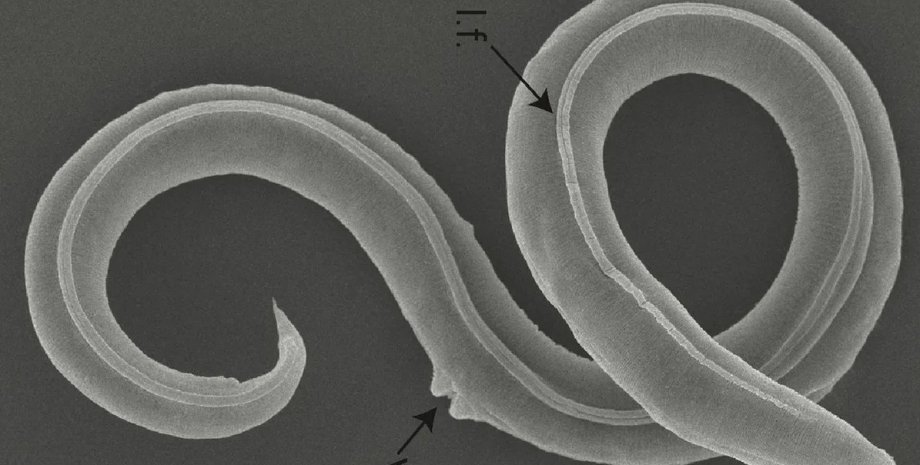
Scientists have “resurrected” tiny creatures that existed in the time of woolly mammoths and spent the last 50,000 years in hibernation.
Nematodes, also known as roundworms, are one of the few organisms that can survive in such extreme conditions for a long period of time. To do this, they are known to enter a state of uncertainty called “cryptobiosis,” in which all measurable biological metabolic processes actually stop until environmental conditions become more hospitable, IFLScience writes.
In 2018, scientists already managed to bring back to life ancient worms that had been hibernating for the past 42,000 years. Now, researchers have announced that they have succeeded in bringing back to life ancient worms that have spent the last 46,000 years hibernating in the permafrost of Siberia.
Radiocarbon analysis showed that these tiny animals came to life after a long sleep, which the researchers suggest began in the late Pleistocene, approximately 45,839 to 47,769 years ago. The authors of the study note that these microscopic creatures, which lived during the time of woolly mammoths, are not only amazingly hardy, but also belong to a previously unknown species called Panagrolaimus kolymaensis.
It should be noted that there are not many animals in the world that can survive these extreme conditions, including the immortal moths and rotifers. Another amazing example is a bacterial spore that has been preserved in amber for 25 to 40 million years.
During the latest study, scientists found P. Kolymaensis roundworms at a depth of about 40 meters in permafrost on the banks of the Kolyma River in northeastern Siberia. It is known that the frozen soil in these parts hides many ancient and unexpected finds. Earlier, scientists had already found archaic DNA, ancient viruses, and the carcass of a whole bear, which was perfectly preserved.
The team conducted radiocarbon analysis and found that the ancient worms belong to the late Pleistocene. The scientists then conducted a genomic analysis and discovered that they were looking at a completely new species.
The researchers grew more than 100 generations of worms and then compared their genome with the genome of one of their living relatives (Caenorhabditis elegans), and they were able to identify common genes responsible for cryptobiosis.
The authors of the study hope that the results of the research and further studies will provide a better understanding of the mechanisms underlying the mysterious condition that allows tissues to be preserved for tens of thousands of years. In addition, the scientists hope to find out whether there is an upper limit – that is, how long the nematodes can stay asleep.

